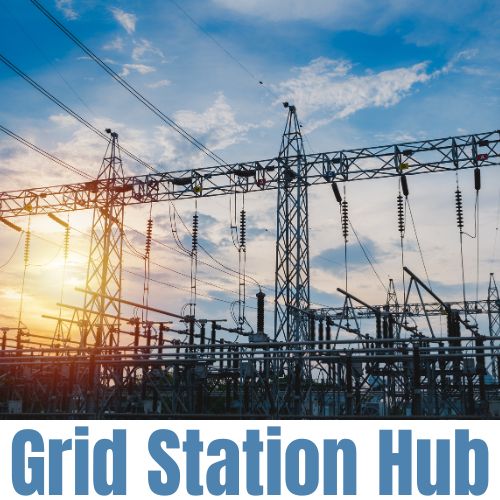In today's modern world, electricity is an essential resource that powers our daily lives. Power grid stations play an important role in generating, transmitting and distributing electricity to homes, businesses and industries. However, operating in such an environment poses significant risks to both personnel and infrastructure. Therefore, prioritizing safety measures in electrical grid stations is of utmost importance. This note will explore the importance of safe practices within these facilities and highlight the various measures that should be implemented to ensure the well-being of personnel and reliable operation of the Electrical Grid Station.
Understanding the risks:
Electrical grid stations are complex systems that include high voltage equipment, transformers, switchgear and various other components. These installations handle large amounts of electrical energy, which can be dangerous if not managed properly. Some common hazards associated with grid stations include electrical shock, arc flash events, fire hazards, and exposure to toxic substances. Recognizing these risks is critical to developing effective security protocols and procedures.
Personnel Protection:
The welfare of personnel working in electrical grid stations is of utmost importance. By implementing comprehensive safety measures, the risk of accidents and injuries can be significantly reduced. Training programs should be conducted to educate employees about potential hazards, safe work practices, and emergency procedures. Personal protective equipment (PPE) should be provided and used to reduce the risk of electric shock, burns, and exposure to harmful substances. Regular safety drills and inspections are essential to maintain a culture of safety and ensure that all safety protocols are being followed diligently.
Operational Safety:
Safety in electrical grid stations is not just about personnel safety; it also encompasses the reliable operation of the grid itself. A well-maintained and secure infrastructure reduces the risk of power outages and disruptions, thereby ensuring uninterrupted power supply to consumers. Equipment should be regularly inspected, maintained and tested to identify potential problems and resolve them promptly. Strong cybersecurity measures should also be implemented to protect the grid station from cyber threats, to ensure the integrity and reliability of the electrical system.
Emergency Preparedness:
Despite the precautions taken, emergencies can still occur in electrical grid stations. Therefore, it is important that the emergency response plan be well defined. These plans should outline procedures for responding to incidents such as equipment failure, fires, chemical spills, and natural disasters. Regular drills and training exercises should be conducted to ensure that all personnel are aware of their roles and responsibilities during emergency situations. Adequate communication systems and backup power sources should be available to facilitate effective coordination and quick response.
Environmental Considerations:
Conclusion:
The importance of safe practices in electrical grid stations cannot be overstated. By prioritizing safety, grid operators can protect the well-being of their employees, reduce the risk of accidents, and ensure the reliability of the electric grid. Implementing comprehensive safety protocols, conducting regular training programs, and maintaining equipment and infrastructure are important steps in achieving a safe working environment. Additionally, adherence to emergency preparedness and environmental protections demonstrates a responsible mindset to promote environmental protection and sustainability. As technology advances, it is imperative that electrical grid stations continue to operate in accordance with safety standards and adapt their practices to ensure the continued well-being of both personnel and the communities they serve.
FAQ
Q1- What is Basic Electrical Safety?
Basic electrical safety refers to a set of practices and precautions aimed at reducing the risk of electrical hazards and accidents. This includes using proper insulation, grounding, and personal protective equipment (PPE) when working with or around electrical systems. Basic electrical safety also emphasizes the importance of following safety procedures, identifying potential hazards, and understanding the hazards associated with electrical equipment and installations.
Q2- What are some ways to ensure electrical safety?
Q3- Why is electrical safety important?
Electrical safety is critical to preventing accidents, injuries, and deaths from electric shocks, fires, and other electrical hazards. It ensures the well-being of people working with or around electrical systems and promotes the reliable operation of electrical equipment and infrastructure. By implementing electrical safety measures, the risk of electrical accidents and property damage and loss of life can be significantly reduced.



